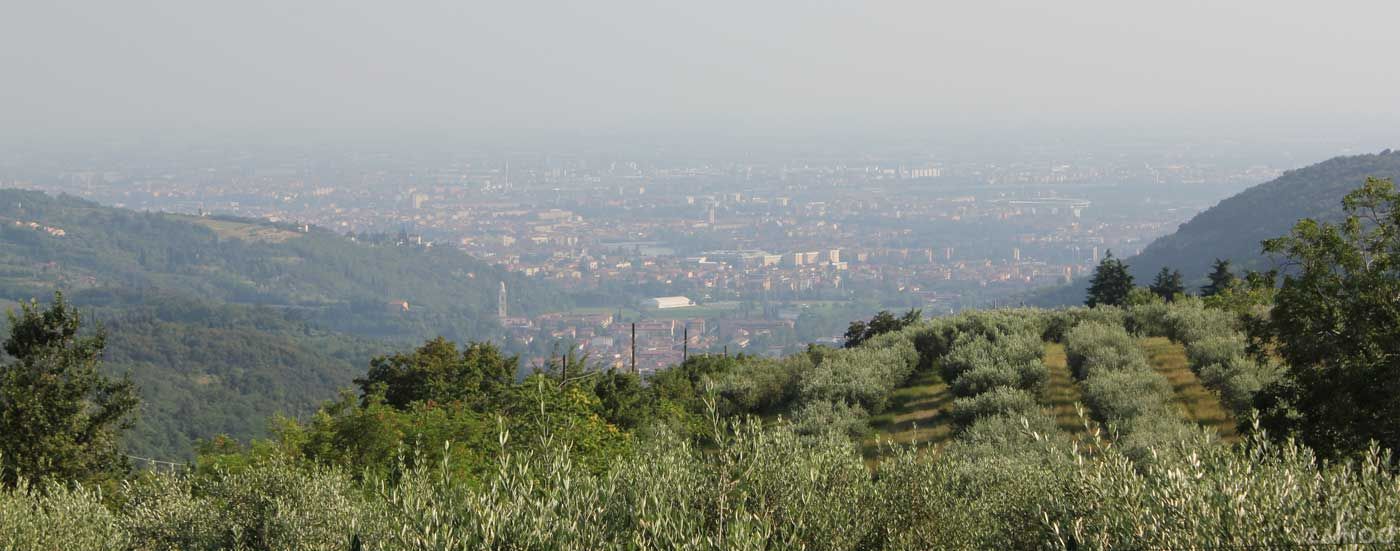The landscape of Veneto
Continuous improvement in environmental protection
The varied landscape of the Veneto region and the tourism boom it has created is good for the economy, but uncontrolled use contributes to degradation of the region’s natural environment. Environmental protection measures implemented in recent years have finally started to take effect, and in many places you can already see a clear improvement. However, the lagoons around the water city of Venice, which suffer from pollution from the metropolis, are still a major problem. Losing tourism because of the dirty water might make regional politicians think harder about long-term solutions to this problem.
Tourism & Environment: Cause and solution at the same time
The varied landscape of the Veneto region, from the magnificent mountains to the idyllic seacoast and the cultural and historical treasures of the region, invited a real boom in tourism. But what was a welcome windfall for the economy and for the people caused major environmental problems for the region. Pollution and irresponsible destruction of nature were the result of unbridled tourism development and the carelessness of many people in charge of it. Missing or weak infrastructure led to long traffic jams in the congested roads and bottlenecks that caused problems in various towns and cities. Waste materials, emissions, uncontrolled development and lack of awareness also contributed to the progressive destruction of the precious natural landscape.
It was not only the direct effects of these problems that led the local population to rethink – soon the sought-after tourists refused to spend their holidays in the increasingly dirty coastal areas. The result was a series of protected nature reserves and environmental protection measures of gradually increasing effectiveness.
Water quality and beaches
Unfortunately, the average ski tourist doesn’t notice the environmental impact of the numerous ski resorts, because of the thick blanket of snow. In contrast, the water quality along the coast and at Lake Garda has become a growing issue in the last few years. Thanks to the recently completed ring canalisations at Lake Garda, holidaymakers there will usually find the water quality to be very good. The northern part of the lake especially stands out. The limits for bathing water quality in Italy are now regulated much more stringently than they are in the rest of the European Union. Because of these limits, swimming is sometimes forbidden.
The situation in the coastal areas is more complicated. Increasingly, concrete measures to improve the water quality are being pursued in this area too. But even though the most towns now have sewage treatment plants, there are problem areas around the major cities, such as Venice, in the river estuaries, and in industrial and port facilities. In these areas it is absolutely not recommended to go swimming. For two decades now, Italy has measured the water quality of individual sections of the beach and honoured the best beaches with a blue ribbon. Thanks to environmental protection measures, more and more beaches have been honoured with the blue ribbon, including beaches in Veneto. In 2010, Bibione, Jesolo, Lido di Venezia, Treporti Cavallino, Caorle and Eraclea were honoured.
Natural parks in Veneto
Despite increasing urban sprawl, there are a number of natural parks in Veneto, whose ecological value is very high. These parks are the Parco Nazionale delle Dolomiti Bellunesi in the Alps of Belluno, the Parco Regionale della Lessinia north of Verona, the Parco Regionale dei Colli Euganei in the Euganean Hills, the Parco Regionale del Fiume Sile in the basin of the Sile river near Treviso, and the Parco Nazionale del Delta del Po, which includes the largest swamp area of Italy, the Po Delta.


Tweet